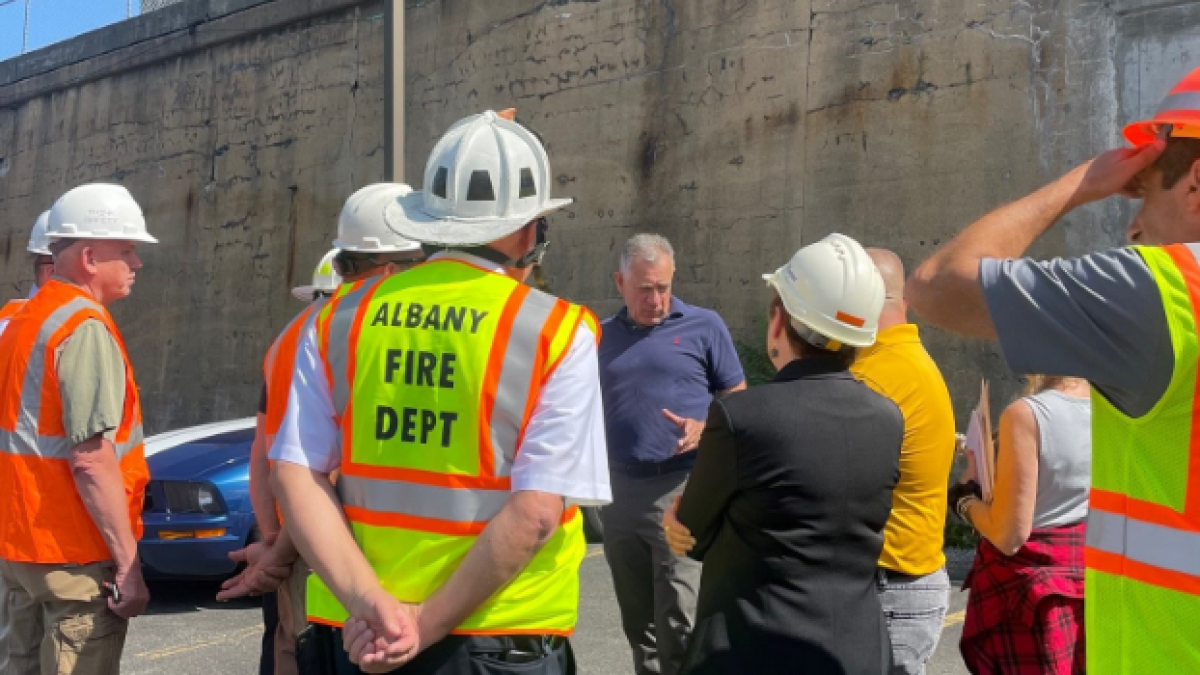- Joined
- Dec 10, 2011
- Messages
- 5,599
- Reaction score
- 2,717
F-Line knows all that I'm about to say, but I thought I'd remind myself and others here what it means. To understand this correctly, I had to confirm that MNRR uses third rail (and third rail shoes) only for DC-mode service in Grand Central up through Pelham NY. From Pelham to Stamford to New Haven to New London to Westerly, any service running exclusively along the coast could be operated in AC mode from overhead wires--and that's what they've done for the dedicated SLE-assigned sets: Removed the DC-shoes and happy to be "isolated" to the AC-powered section of track for now....the SLE-assigned sets have had their shoes temporarily removed while ConnDOT haggles with Amtrak for future structural mods to the offending bridge). But that plucky Shoreline operation is finally all-electric.
SLE always had a limited schedule that continued between New Haven (NHV) and Stamford (STM) is there any chance that the M8s will enable more SLE operations to STM or is the real limiter just that CT doesn't want to "waste" slots on the CT NEC on a train that can't take people all the way to Grand Central (GCT)? And then when they solve the shoe problem, and M8s *can* go to GCT, do you think SLE actually *will* to to GCT?
Would an increase in acceleration allow SLE to add Mystic & Westerly RI (Stonington CT)?
Will the MBB's be scrapped? or are they worth keeping?The freed-up diesel equipment now goes to the Hartford Line, where they'll immediately be able to increase service levels. Speculation as well that ConnDOT will soon be ending their lease on spare MBTA MBB single-level coaches, since the SLE fleet of Mafersa single-levels can now satisfy all their needs.


